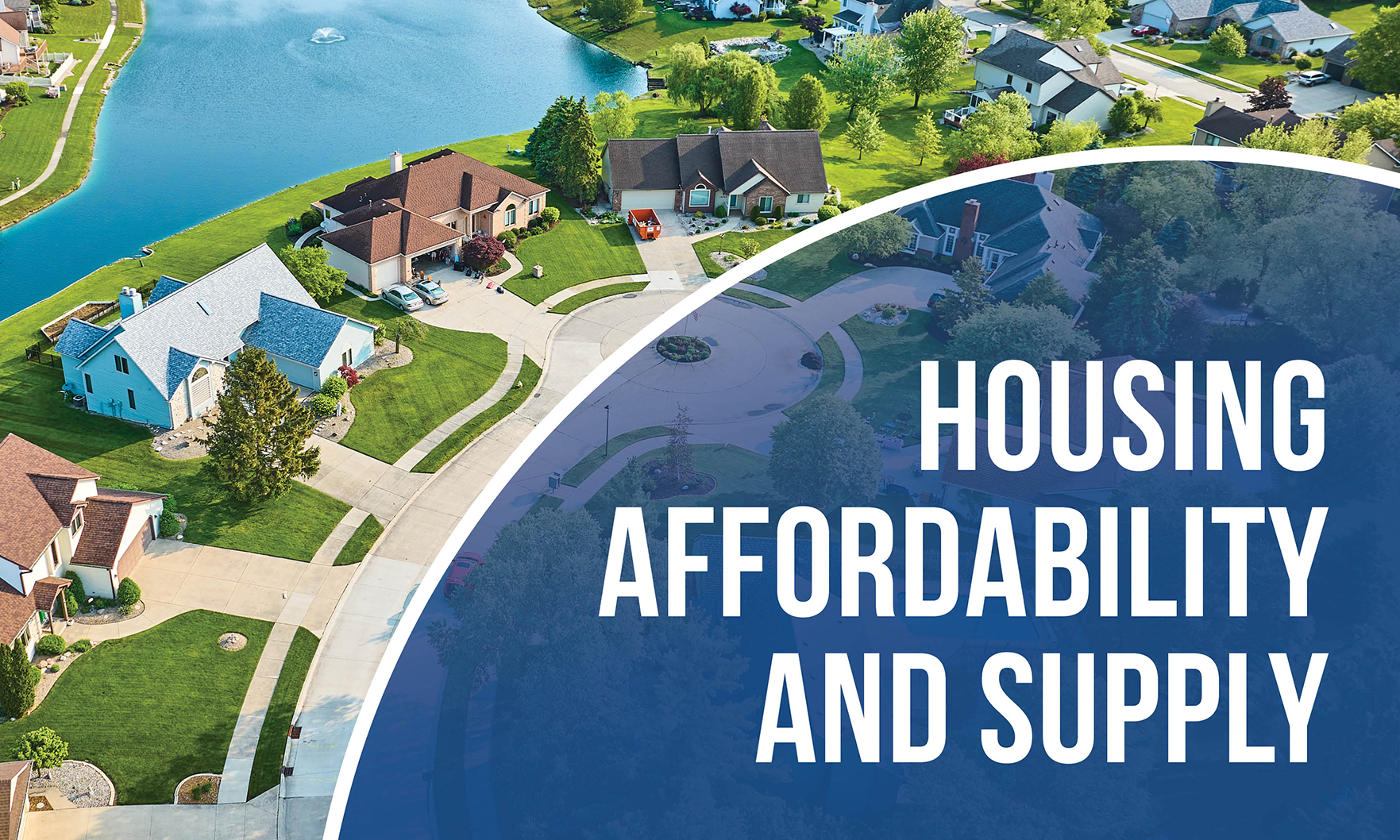After years of record-low housing inventory, the market is starting to look up. Across much of the U.S., available homes are increasing thanks in large part to a construction surge during the pandemic years when mortgage rates were at historic lows, according to the National Association of REALTORS® and REALTOR.com® 2025 Housing Affordability & Supply report. In southern states like Texas, Florida and Tennessee, listings have not only bounced back but surpassed pre-pandemic levels. In markets like Colorado, inventory is on the rise.
“The housing market is at a turning point,” said Nadia Evangelou, NAR senior economist and director of real estate research. “More homes are hitting the market, and it’s encouraging to see the greatest housing-supply gains among middle-income home buyers.”

Affordability challenges
More listings don’t necessarily mean better affordability for everyone. While price growth is slowing in some areas, the report reveals a persistent gap: many of the new homes on the market remain out of reach for typical American households. Despite an increase in inventory, home sales in lower and middle price tiers continue to lag.
Despite recent inventory gains, buyers who could afford nearly half of listings in 2019 now have access to far fewer affordable homes. The shortfall is most severe for lower-income buyers earning under $50,000, who can now afford less than 9% of listings.
Middle-income households earning $75,000 have seen the biggest gains, yet they can afford just 21.2% of listings — less than half of what was accessible pre-pandemic.
Meanwhile, high-income households are experiencing near-total access to the market. To reach balance, the U.S. needs hundreds of thousands more homes priced under $255,000 and $340,000.
“Shoppers see more homes for sale today than one year ago, and encouragingly, many of these homes have been added at moderate income price points,” Realtor.com® Chief Economist Danielle Hale said. “But as this report shows, we still don’t have an abundance of homes that are affordable to low- and moderate-income households, and the progress that we’ve seen is not happening everywhere. It’s been concentrated in the Midwest and the South.”
A balanced housing market
The 2025 Housing Affordability & Supply report focused on the 100 largest U.S. metro areas, which represents the largest share of housing demand, job growth and household formation in the country. They reportedly are where affordability challenges are most visible and where progress or lack thereof is the most impactful.
To accurately depict the climate of each metro area, the report utilizes an affordability distribution score that measures the difference between the actual share of listings that households at different income levels can afford and the share that would be expected in a balanced housing market.

The score lies between 0 and 2. The higher the score, the better the affordability is across the income spectrum. A score equal to 1 or greater suggests a balanced market, while a score lower than 1 indicates low affordability.
According to the report, 30% of the 100-largest metro areas are getting closer to a balanced housing market.
The future of housing
The 2025 housing market shows signs of progress, with inventory rising after years of limited supply. Some middle-income buyers are beginning to see benefits, and certain regions are making strides toward closing the affordability gap. On the other hand, many lower-income households — especially those earning under $75,000 — remain at a disadvantage where access has worsened despite increased supply.
The core issue isn’t just the number of homes available, but whether those homes are affordable and appropriately located. To create a truly balanced housing market, opportunities such as zoning reform, expanded down– payment assistance and targeted construction of entry-level homes are needed, according to the report. Without these changes, the market will continue to favor only the highest earners and make it harder for millions of Americans to own a home.
“For many first-time home buyers, navigating the current housing market still feels like window shopping,” Evangelou said. “Listing prices don’t match first-time home buyers’ budgets. If the promising trend of building smaller homes continues, that could be a meaningful step toward easing the housing affordability gap for more buyers.”

